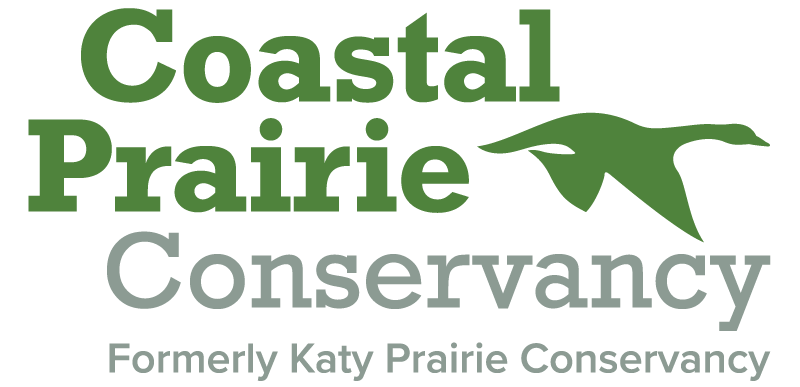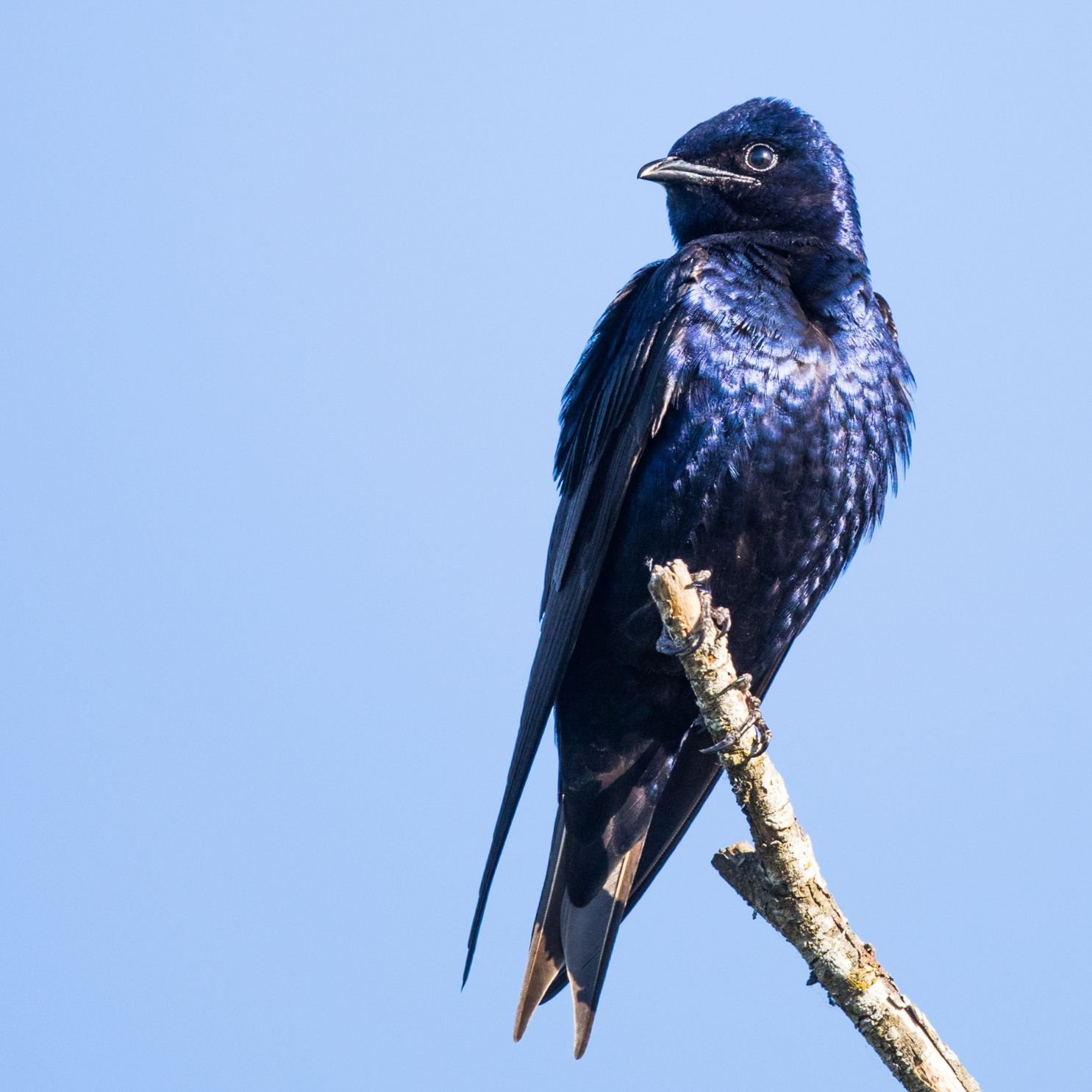Purple Martins: Texas' Beloved Migratory Swallows and How You Can Help Them
by Mallory Sanchez
Photo Courtesy of Stephen Gast.
The Beloved Purple Martin: A Symbol of Spring and Conservation
As early spring approaches, Texas eagerly awaits the return of the Purple Martin (Progne subis). These remarkable birds captivate us with their annual migration, unique relationship with humans, and fascinating biology. Here’s what makes them so special and how you can help protect them.
Identification and Diet
Purple martin perched on a stick.
Purple Martins are the largest members of the swallow family. Adult males display an iridescent purple-black color, while females and immature birds are lighter, with purple-black upperparts and pale undersides. With an average length of 7.5 inches and a wingspan of 15 to 16 inches, their graceful flight is a sight to behold.
Known for their acrobatic flying, Purple Martins are aerial insectivores, catching and consuming insects mid-flight. Their diet includes dragonflies, moths, flies, beetles, and wasps. They also drink and bathe on the wing, showcasing their agility and adaptability.
Migration and Roosting
Purple Martins begin their northward migration in early spring, returning to the eastern United States to nest and reproduce. In Texas, their arrival ranges from January to April, depending on location. During this period, they establish nesting sites, find mates, and raise hatchlings.
By late summer, juveniles join adults for their migration to South America. Roosting sites—ranging from urban areas to the Amazon rainforest—provide rest and nourishment before their journey. Most Purple Martins spend winter months in Brazil, where they molt and prepare for their next migration.
Nesting Colonies: A Special Connection with Humans
Purple Martins share a unique bond with humans that dates back to Native American traditions of hanging hollow gourds for nesting. Today, these birds almost exclusively nest in human-provided housing, including multi-compartment birdhouses and gourd clusters.
Being a Purple Martin "landlord" requires dedication. Maintaining housing, preventing invasive species like European Starlings and House Sparrows from taking over, and monitoring colonies are essential tasks. If you’re curious about starting your own colony, the Purple Martin Conservation Association (PMCA) offers comprehensive resources on housing, placement, and colony management.
Conservation Challenges
Purple martin flying through the air.
Despite their charm, Purple Martins face significant threats:
Loss of Natural Habitat: Declining tree populations reduce available cavities for nesting and roosting.
Competition from Invasive Species: European Starlings and House Sparrows outcompete Purple Martins for nesting sites.
Declining Food Availability: Pesticide use and weather events diminish flying insect populations, their primary food source.
Thanks to organizations like PMCA and dedicated volunteers, conservation efforts are underway to protect and sustain Purple Martin populations.
How You Can Help
Supporting Purple Martins starts with education and awareness. Share what you’ve learned with friends and family to inspire appreciation for these amazing birds.
For a deeper commitment, consider:
Becoming a colony landlord to provide safe nesting sites.
Volunteering with PMCA or participating in citizen science projects to contribute valuable data.
Visit the Purple Martin Conservation Association’s website to explore their initiatives and learn more about how you can make a difference.
Together, we can ensure a brighter future for these beloved birds and the ecosystems they enrich.



